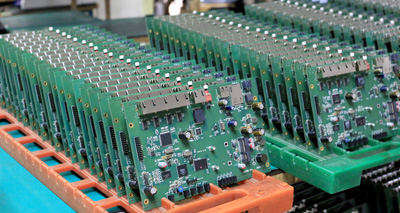Contents
On NRE Cost, Projects involving printed circuit boards (PCBs) are not cheap and do not require a short time to complete. Successful start and completion of any given project require a lot of material, supply, and workforce, especially if the project is a large-scale project.
When it comes to allocating supply and human resources, it can take a long time to organize the results of the budget. It is the source of non-recurring engineering (NRE) costs. NRE costs eliminate most of the budget’s guesses, so that construction, production, and test projects can flow more easily.
This guide will give you a comprehensive understanding of the NRE and how it saves manufacturers much time.
What Are Non-Recurring Engineering Costs (NRE)?
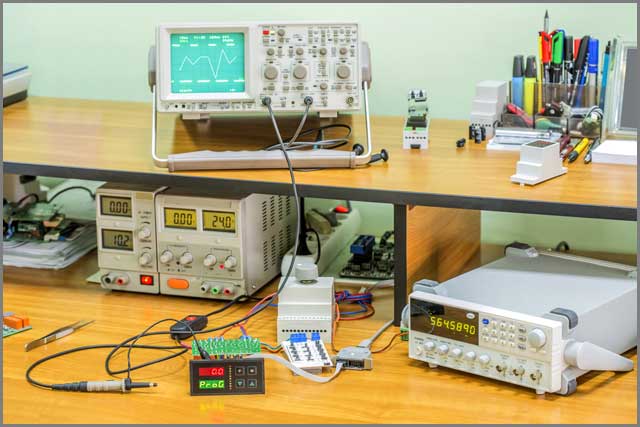
As you can see from the image above, printed circuit boards (PCBs) are composed of many materials. It takes a lot of effort to design, build, and transport these materials. While there are DIY methods to create these materials with conventional materials, creating printed circuit boards this way is neither efficient nor reliable on a large scale.
On a large scale, it takes a concentrated and collective effort to create each part and piece of any given PCB individually, let alone mass-produced PCBs. There is no natural way around this, and the kinds of costs that entail creating any given PCB can reveal quite a bit about the monetary value of a printed circuit board’s components.
Printed circuit board manufacturers and producers have come up with a term for this. That term is Non-recurring engineering or NRE. True to its name, NRE means merely that -Engineering that is not designed to repeat itself. It is a figure assigned to arrive at a budget for the creation of a group of PCBs. It saves manufacturers a lot of time in their calculations.
A quick Wikipedia search on NRE will reveal two things.
The first is that, as mentioned previously, NRE is a one time cost, meaning that the materials and processes that go into anything that requires NRE will be analyzed, reviewed, and tested very closely and intensely to make sure the NRE cost is as close to being accurate to the production or unit cost as possible.
That brings up a valid question: Why not just use production or unit costs? In answering this question, you need to be aware of a couple of things. First, PCBs are made up of numerous parts, and the mass production of them can involve many, many different calculations of how much these parts cost and how to pay the individuals who put these parts together.
Additionally, it can take more than one person to complete PCB-related projects. Also included in NRE costs are the costs involved in maintaining staff to finish any given PCB-related project.
Assigning an NRE Cost to PCB production saves more time than any other method of allocating costs, seeing as so many factors contribute to the price of a PCB-related project.
The Difference Between NRE and Unit Cost
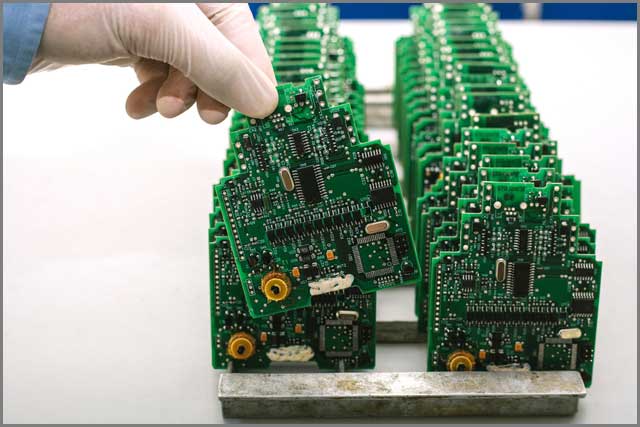
Let’s say you want to build your PC. To do this, you know that you will need to make a PCB from scratch, using materials bought in hardware stores or online. You go to each store, or Custom PCB circuit board may, therefore, be a tall order. This article will walk you through five basic ways to land the best PCB board online merchant with the materials you need but no real idea of how much everything costs.
You are faced with two choices: First, you can list how much everything costs, being very specific. It will take a lot of time but will give you an exact number of how much everything will cost.
The other option you have is to take a ballpark average of how much these materials cost and work from there to determine how much you can spend on these materials.
Now, let’s say that you work in a small office.
Where you are being paid to build dozens of PCs and dozens of PCBs, would you be able to take the time to check the prices of all these materials? Likely not.
It is the difference between what is involved in an NRE cost and a unit cost. An NRE cost revolves around assumptions based on the cost of specific tasks and materials, sets a price for the project measured against what has been funded, then sets those costs in stone for the project’s entirety.
A unit cost requires much more time and effort. Unit costs take into account every single task and all the materials involved in any given project. These totals can change as the resources involved change in and of themselves. For this reason, the unit cost is a little more effective when it comes to micromanaging the budget of a project regarding PCBs.
The primary question that should be asked when it comes to comparing NRE costs against unit cost has to do with the size of the project. Any project considered to be a large project for the production and manufacture of many PCBs will benefit from NRE costs as it will save more time, and the budget chosen may pay for it.
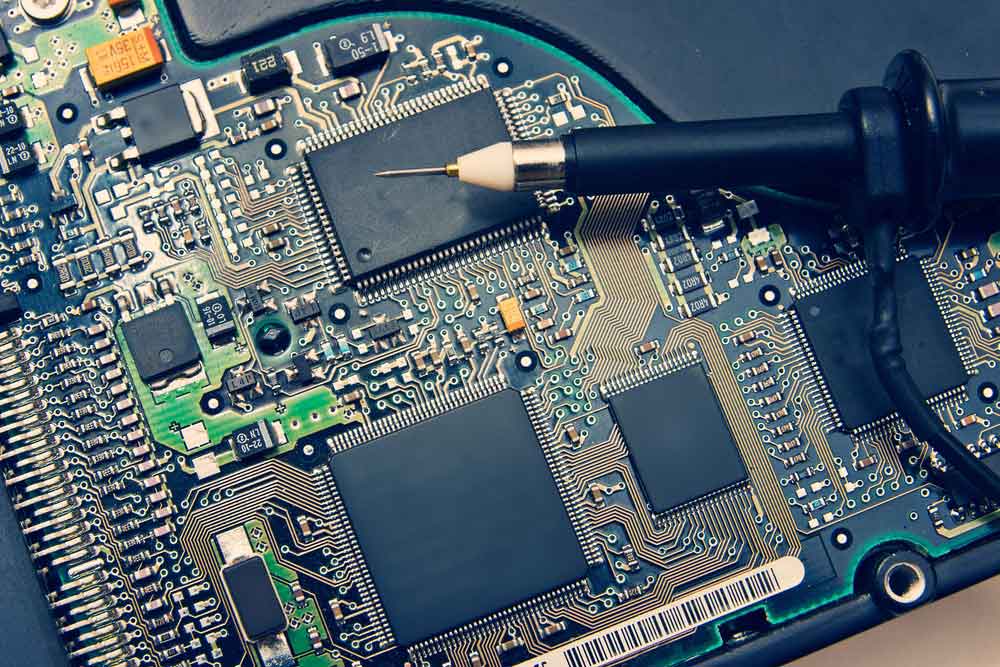
NRE Cost and Embedded System Designs
Like anything that deals with numbers and automaticity, NRE cost follows a specific system. It relies on many factors to develop the correct numbers for the exact amount of supplies and materials.
Any guesswork done involving NRE not only runs the risk of making a project more expensive than necessary, but it can also run the risk of not having the proper supplies and materials necessary for a project.
The embedded system design exists to minimize this kind of risk and come up with a specific system for any given PCB project while accurately organizing the materials and supplies needed for the project.
One thing that can significantly affect the cost of NRE is how to design the system. When a plan of the materials and hardware necessary is part of embedded system design, it can affect everything that makes up the NRE cost.
Because an embedded system design entails an almost fixed form of engineering.
Embedded system designs assume that the market and distribution of the materials necessary in mass-produced PCBs remain the same. That does not account for changes in the market or even within departments among distributors. This is not always the smartest thing to do, especially if you do not entirely know your budget.
The numbers involved in NRE cost are very, very large, and just one change in one area involving production and manufacturing can affect all the other areas as well. Even massive production companies located in the heart of Silicon Valley must deal with this regularly.
It is essential to keep up on marketing and distribute the materials you need to use when getting any PCB ready for mass production. When one thing changes, it will cause other things to change, and adjustments need to be made. When you can see these changes coming in advance, it will make NRE cost much more comfortable to micromanage.
How to Calculate NRE Cost
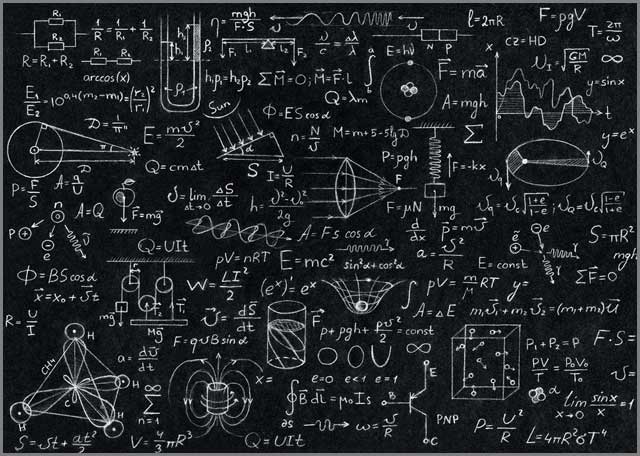
Like with any mid to large-scale project, it is helpful to calculate how much everything costs. It is also an excellent idea to itemize everything involved in the total investment in your project. Calculating the NRE cost entails determining how long a task will take to finish, how large the project is, and every last function involved in the project.
Even though NRE cost relies on assumptions about certain things, such as the materials and equipment that will produce the project, manufactured and delivered from, there are still some things to consider. NRE cost is a combination of the building that the project will take place in, smaller projects, tasks, equipment, ordering materials, testing materials, and compensating staff (if necessary).
Before any calculation can begin, the first thing to do is determine what your budget is to the exact cent.
Without this number, taking on any project will be very, very dangerous financially. The goal of creating an NRE project is to make sure that money is leftover. If you overspend and need to borrow, you will need to rely on profits to recover from any loss in the budget.
The next thing to consider is how long the project will take. While the length of a project is not measured in any monetary figure, it can determine the financial cost of other aspects of the project. Among these are: how much the project’s location will cost (If the building is renting) and how long you will need to compensate staff (if the team is required).
After determining how long the project will take, you need to decide whether or not you will be conducting this project in a building you own or a building you need to rent. If at all possible, complete the project in a building you own. It will reduce costs and will result in an easier time.
Now you need to determine what the goal of the project is. It will allow you to determine precisely how much you need regarding equipment, materials, and even allotted time for your staff. It is also related to how long the project will take to finish and is also necessary to resolve the endpoint of any given project.
The next things that should be included in your calculations are staff and personnel.
Staff and personnel can be the costliest part of NRE costs if you are not careful. However, proper hiring and employment can save you the most money as well.
Regarding staff and personnel, three things need to be addressed. Ignoring these things, even one of them will result in NRE costs being much, much higher than they need to be.
The first thing to consider is whether you need staff or not.
If you are working on a smaller project, it may not be necessary to have staff, especially if the project does not need to be completed for a long time; you have excellent time management skills and have the skills to do everything that the project demands.
The second thing is determining if you need to hire staff or if you can hire independent contractors.
Freelancing is becoming very popular these days. Taking just a few hours out of your day, you can find people with development experience, testing, or production of PCBs and things related to PCBs who are willing to work as independent contractors.
It will make things much more comfortable than hiring people as actual employees, which entails a lot more paperwork and legal actions that you may not want to go through, especially if the length of the project is concise.
Finally, it would help if you considered how many people you need for the project. Again, this relates to how long the project is and what the project entails. Using how long the project is and what it involves as information, you can save money by hiring the correct number of people instead of hiring too many and paying an overstaffed crew.
After doing all of this, you can finally decide what kind of supplies you need and how much all of these supplies cost. It is by far the most challenging and probably most time-consuming part of calculating the NRE cost and is one of the reasons why many manufacturers decide on an NRE cost for their engineering projects. These projects involve dozens upon dozens of supplies.
NRE Tooling Costs in PCBs
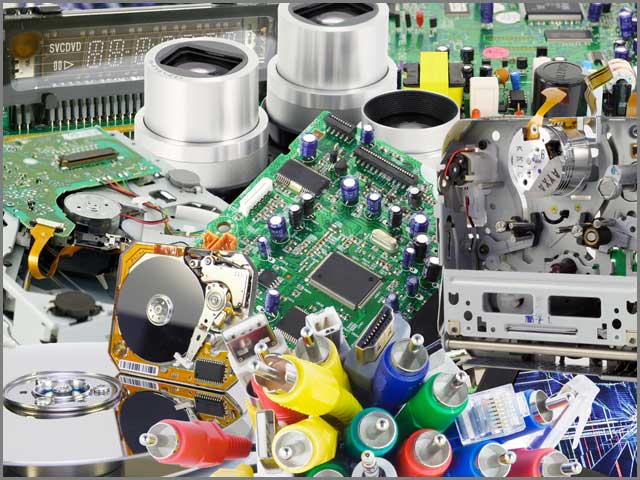
When it comes to PCBs, the one thing that is not only costing the most money but is also the most complicated item to overlook and manage is the tooling cost. It is the part of NRE cost that demands consistency. It is why NRE cost was even developed, as multiple orders and transactions involving these materials would take a lot of time.
Most lead engineers commonly make a mistake because they believe that the PCBs involved in projects require multiple layers. There exist a few methods of lowering this. First, consider that various layers of plating or copper may not be necessary for most PCBs. If the project’s end product is a smaller PCB, consider removing multiple layers when ordering materials to build the PCB.
Another method of lowering tooling costs is to penalize orders in their quantity. Think of this as combining orders for specific materials. It can save on NRE charges, which can add up, especially if you have multiple orders.
The final method of lowering tooling costs in PCBs is to save designs for a later order. When the order comes from another manufacturer, they will often assess an NRE charge for you to download plans. It may not be necessary if you have kept designs from previous projects.
NRE Cost – A Breakdown by The Numbers
Like anything that deals with numbers and automaticity, NRE cost follows a specific system. It relies on many factors to develop the correct numbers for the exact amount of supplies and materials.
Again, this is just an example.
Budget = $1,696,517.63
Project length = 15 months
Building = Renting for $450/month, $6750 for the duration of the project. Remaining budget = $1,689,767.63
The goal of the project = The client, wants 10,000 PCs built before the project ends. 10,000 PCs/15 = 650-700 PCs per month that need to be built.
Staff needed? Yes. Ten contractors will work at whatever pace they want and will be paid $50 for every PC they built. 50*10,000 = $500,000 which can be spent on staffing. Remaining budget = 1,189,767.63
This remaining budget would then be used for supplies. Anything else in the budget leftover can be used to pay the staff bonuses or for any other kind of purpose.
It is how NRE costs are worked out and broken down. It is a system designed to make things very simple for PCB manufacturers who do not necessarily have access to an accountant to make sure all the numbers are perfect.
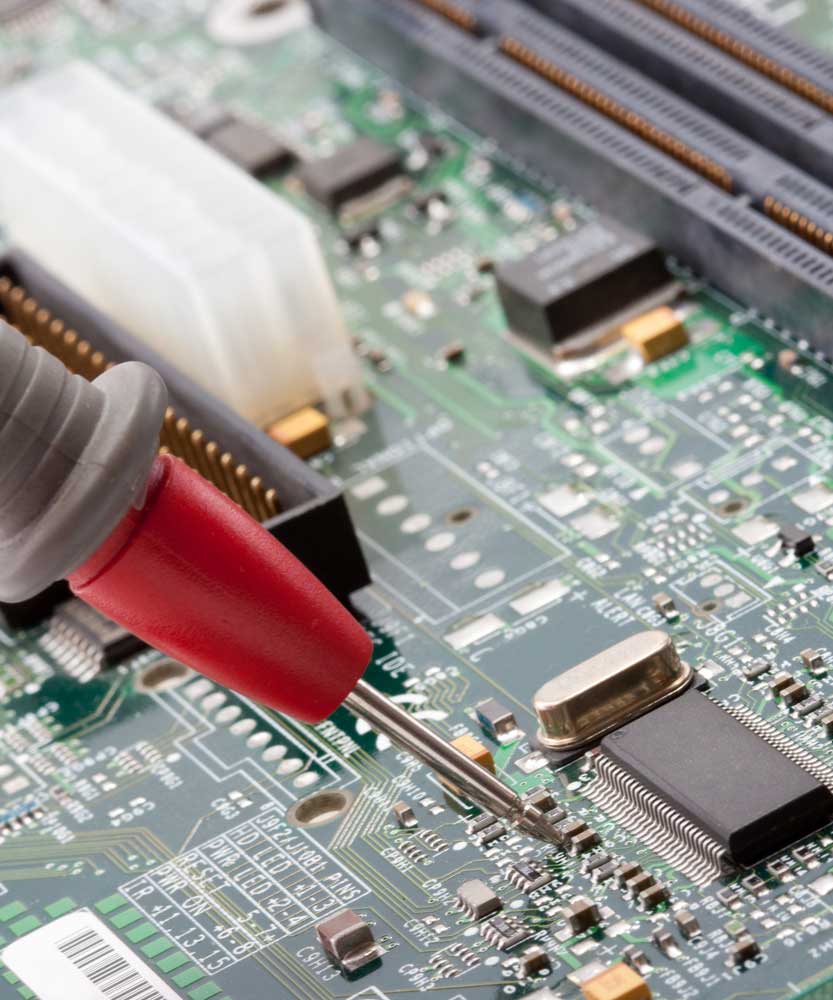
Conclusion
WellPCB is your reliable PCB supplier for manufacturing and assembling almost all kinds of electronic circuit boards.
No matter how big or small your manufacturing plan is, knowing how much money is going into your projects is something that cannot be ignored. Contact us to get in touch with sales which will be able to help with your projects.
